Researchers have found that disabilities and poor health can be factors leading to prison. A professor at Suffolk University discusses the life cycles that can make this occur.
Guest Information:
- Dr. Susan Sered, Professor of Sociology, Suffolk University and co-author, Can’t Catch a Break: Gender, Jail, Drugs and the Limits of Personal Responsibility
Links for more info:
17-03 Poor health and prison
Nancy Benson: The United States has the highest rate of incarceration in the world. More than 2 million Americans, not quite 1% of the adult population, are confined to state or federal prison or a county jail. Many experts have long said that prisons are a dumping ground for the mentally ill, but they’re beginning to discover that poor overall health is remarkably common among the incarcerated as well.
Dr. Susan Sered: Studies do show extremely high rates of everything from hepatitis C to migraine headaches to chronic back problems, among people who are incarcerated. A lot more attention is given to the mental health challenges of the incarcerated population but there’s decent evidence of that the levels of physical health challenges are really just as high.
Nancy: That’s Dr. Susan Sered, professor of Sociology at Suffolk University and co-author of the new book, ‘Can’t Catch a Break: Gender, Jail, Drugs and the Limits of Personal Responsibility.’
Dr. Sered: At least 40% of the incarcerated population suffers from a chronic illness – very high rates of arthritis likely because people who are incarcerated have been beaten up at some point in the past, so they have injuries and then arthritis sets in; very high rates of asthma; high rates of tuberculosis; chronic headaches; and even unexpected things like cancer and myocardia infarctions, you know – heart disease. So there’s certainly is a sense that being in poor physical health increases ones chances of being incarcerated. Now I think that they conventional wisdom on that was that prisons are so unhealthy – they’re crowded and infections spread easily through prisons – that being in jail makes somebody sick. But the studies that look at the intake exams of people coming into prison show that they’re already sicker than the general population.
Nancy: And among women in prison, Sered says it’s even worse. She closely studied 47 women in prison and was able to stay in touch with more than two-dozen of them for 5 years after their release. Many of them were homeless and many were already sick.
Dr. Sered: We found that 81% of the 47 women had a chronic physical illness, so hepatitis/asthma/arthritis/unresolved gynecological problems/high blood pressure/hearth disease/liver disease. Severe tooth decay – was one of the most common ones. Of the 26 women that we tracked for 5 years, 20 of them were hospitalized over night at least once during that 5-year period, so they weren’t in jail, they were hospitalized – that’s a pretty bleak picture.
Nancy: But why would poor health seemingly be a risk factor for jail? Sered says among women the answer is often unfortunately simple.
Dr. Sered: Studies show that anywhere from three quarter to 90% of incarcerated women were sexually abused in the past, and it’s very well studied that the history of sexual abuse is associated with a lifetime of more severe and more health problems. Studies done by insurance companies show that women who have been sexually abused, even 30 or 40 years ago, still spend more on healthcare than other women.
Nancy: A history of sexual or physical abuse in childhood can also mean women struggle with mental health challenges. As a result, many of the women Sered studied told her that they use drugs to self medicate. But Sered says, prisons have struggled with what to do with women in these circumstances.
Dr. Sered: There’s a lot of conversation about, “well all these drug addicts in prison, well all they really are is sick, they’re not criminals, they should be getting mental health treatment.” All of the women I worked with have had mental health treatment up the wazoo. Most of them already were seeing therapists when they were adolescents, when the abuse was first discovered. Most of them have been given psychiatric medication over the years and most of them supplement that with drugs they get on the streets.
Nancy: Another significant risk factor for incarceration is having a disability. Sered says nearly half of young adults with disabilities have been stopped by police for something other than a traffic violation and 23% have been arrested – that’s twice as frequent as for young adults without disabilities. Surprisingly, one of the most common disabilities in prison is a significant hearing loss – about a third of those in jail and prison have one.
Dr. Sered: How often it must happen, that someone who’s hard of hearing is in the situation where a police officer says, “stop please” or “I wanna see your ID,” and they just don’t hear! Or in school a teacher says, “I said open your book!” and they just don’t hear. So I think that because of being perceived as non compliant, they kind of are more likely to get caught initially into the juvenile detention system or correction system and then into the adult penal system.
Nancy: However, the most common disability among those in prison and jail is a learning disability. Sered says that it results in about half of all prisoners reading below a ninth grade level.
Dr. Sered: Of the women in our study, about 75% of them have learning disabilities – less than half of them graduated high school. I don’t think that more than one or two would say she can’t read, but when I sit with them as they’re filling out forms or applications, I see that most of them can’t fill out the forms. So there are learning disabilities and I think that as a young woman growing up with learning disabilities, she’s kind of set up to be the low hanging fruit for people who are violent or people who are molesters, that’s kind of the beginning of the path.
Nancy: Ending this cycle will take more special education services in prison. But Sered says, few who are eligible receive them. So what might help to break the cycle of poor health, homelessness, drug use and incarceration? Sered says, safe and secure housing, so women can start to rebuild their lives.
Dr. Sered: One of the women in the projects that I know, that I would’ve tagged as the least likely to even survive the five years, as an African American woman at the time that met her she was in her early 50’s and she had severe learning disabilities – she can’t read or write, she’s been on the streets since her early 20’s – she is in great shape now. Why? She lucked out; she got a good number in the lottery and was place into senior citizens housing that reserve a certain number of slots for people with disabilities. And, this woman’s been reborn – no drugs, no illegal activities, she’s not on the streets, she’s helping take care of her grandchildren and because there’s all these old people living in the same building where she is, she’s in good physical shape. She’s not in great intellectual shape, many of them are, there are a lot of Russian immigrants in her building – she does grocery shopping for people, all the old ladies love her.
Nancy: Over the last few years the United States prison population has started to decline, but for women the number is increasing and for many of them life will be the same after prison, as before it. They’re often still saddled with poor health and disability – the factors that added up to prison in the first place. You can find out more about Dr. Susan Sered and her book, ‘Can’t Catch a Break,’ through her website susan.sered.name.com, or through a link on our website RadioHealthJournal.net. Our production director is Sean Waldron. I’m Nancy Benson.
Sign up to receive email updates
Enter your name and email address below and I'll send you periodic updates about the podcast.

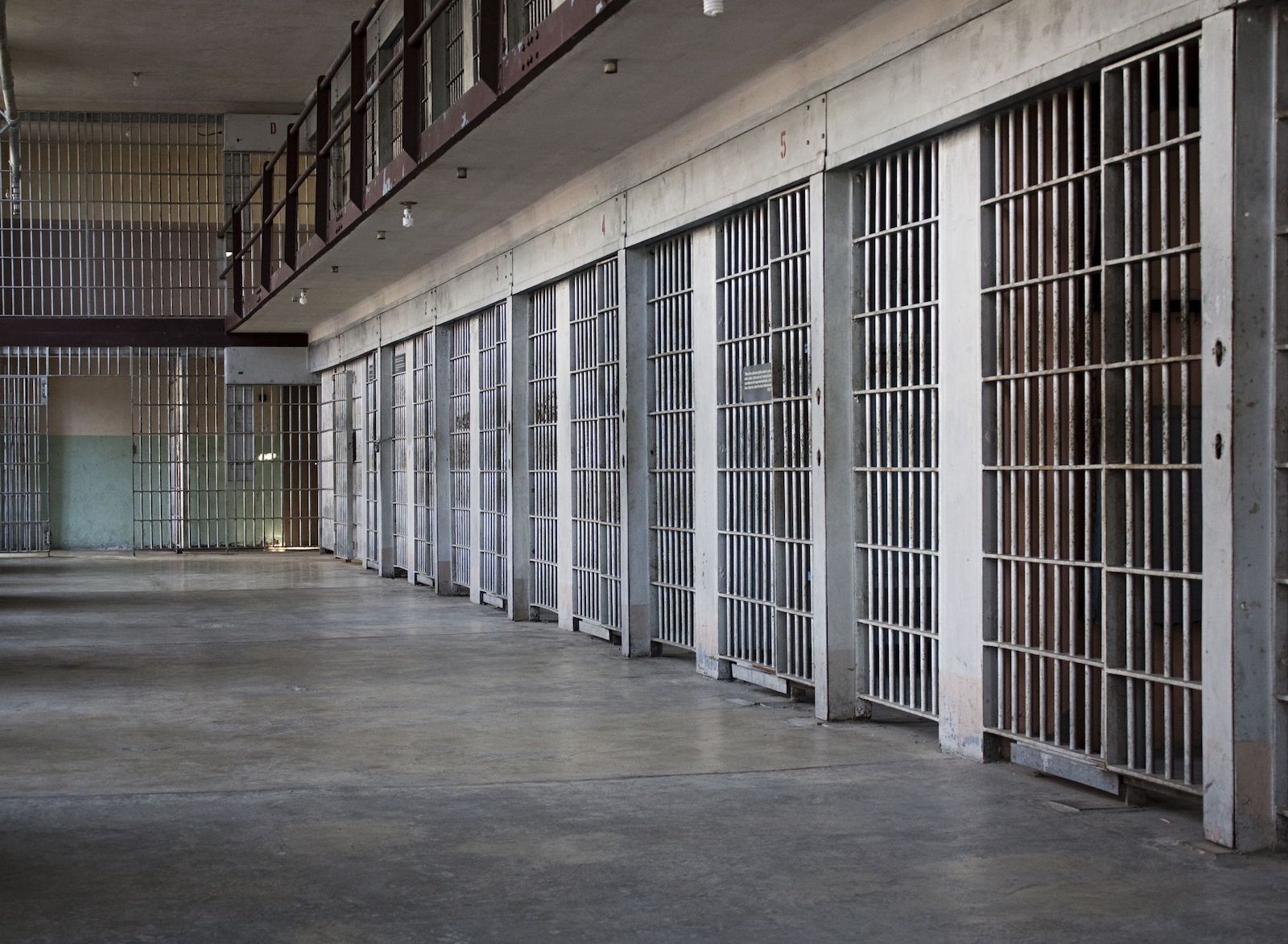

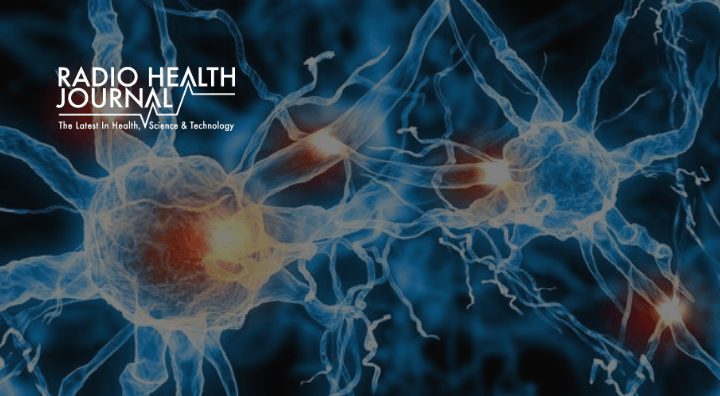
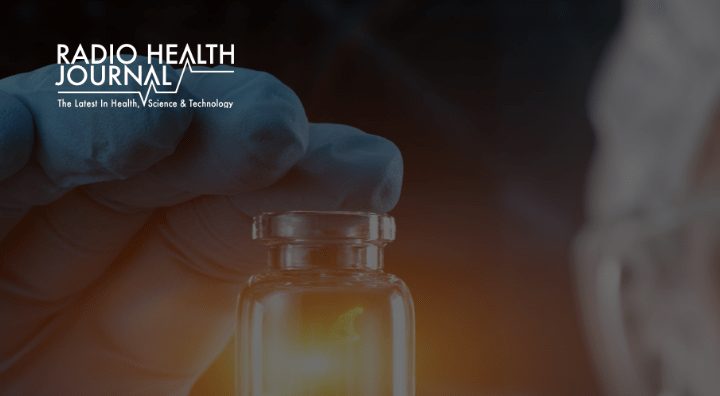
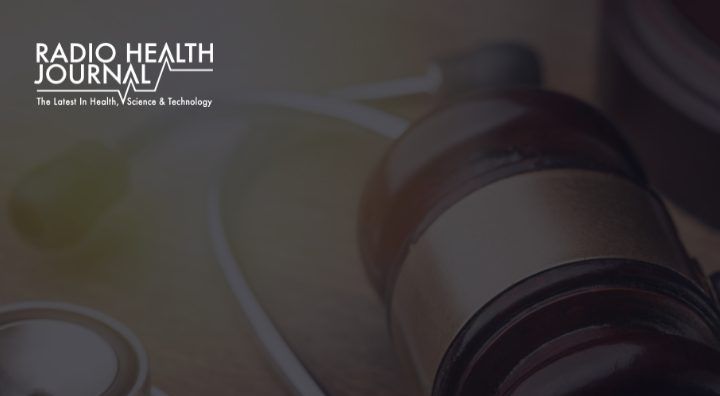

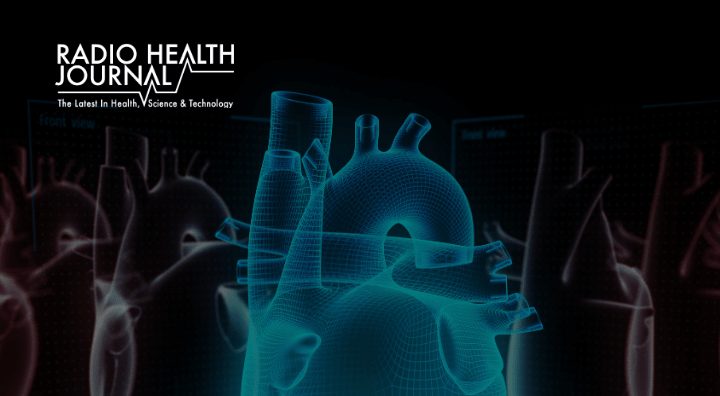


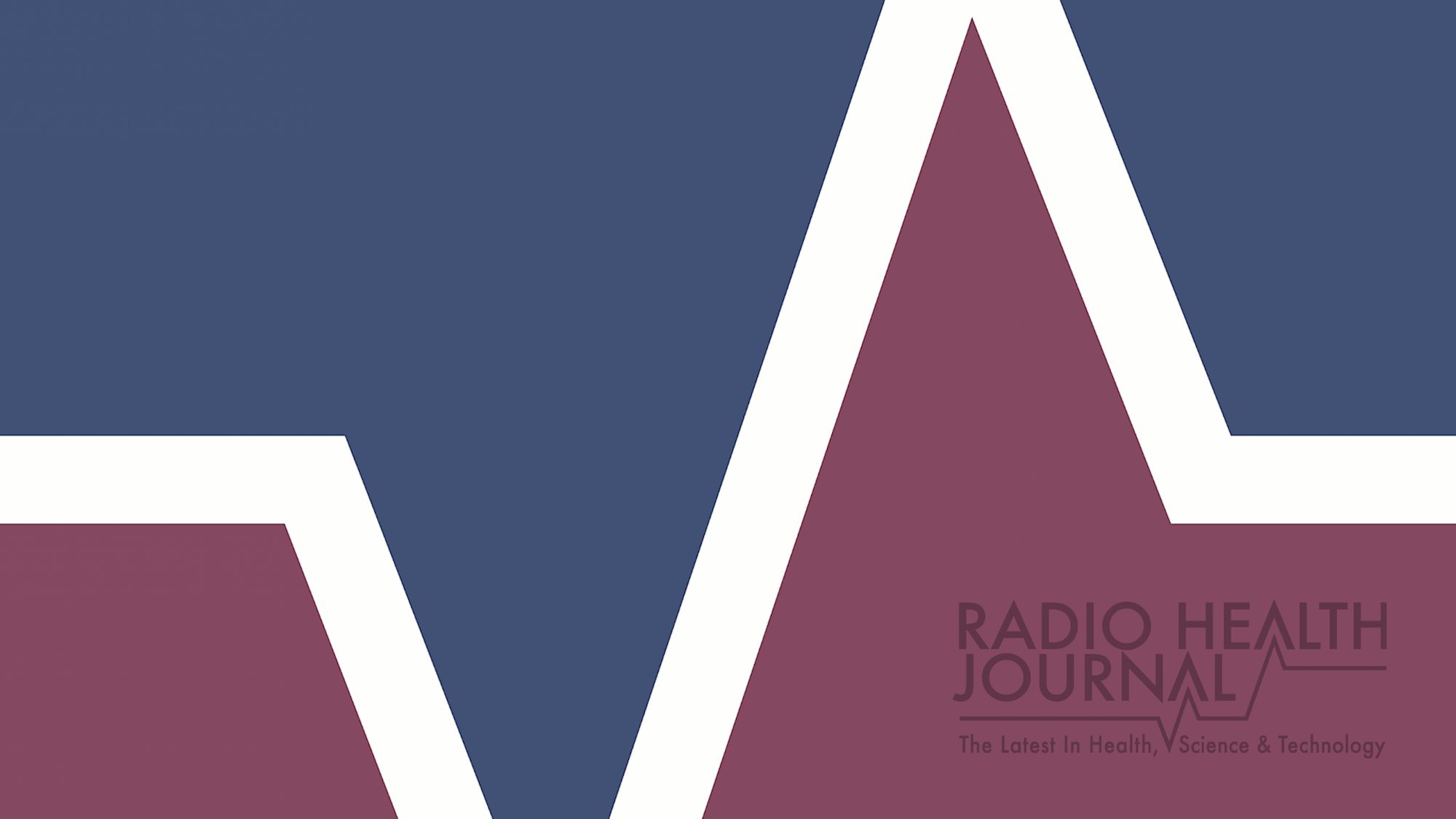
Leave a Reply